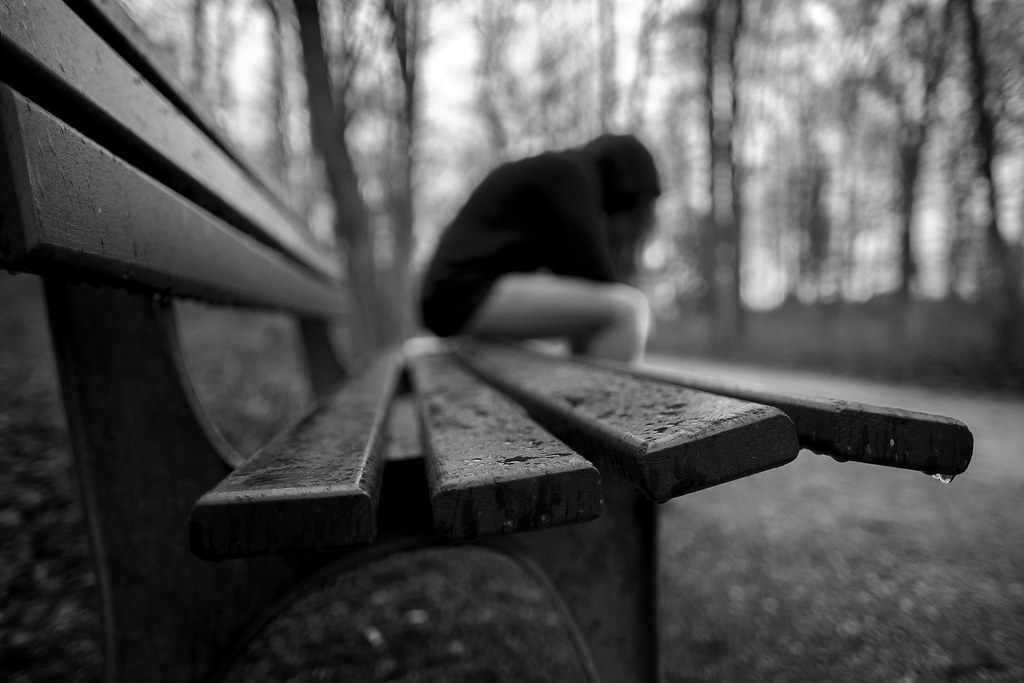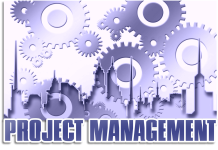Economic turmoil is always excruciating for any economy, especially developing economies. Those in the workforce are afraid of losing their jobs. Businesses fear a lack of demand for their products and services, and governments fear negative growth prospects. Recession and depression are both situations from which the central bank and central government of any country want to avoid.
You must have read or heard both these terms in newspapers and primetime news. But, do you know the real meaning of these words, and more importantly, the main difference between depression and recession. People use these two words interchangeably on many occasions. However, there are important differences between them, which are highlighted in this article. It is as follows:
What does it mean when a country faces a recession?
A country is technically said to be in recession when it witnesses negative GDP growth for two consecutive quarters (six months). This is the theoretical definition of recession given by American economist Julius Shiskin in 1974. This period is the main point of difference in the classification of recession and depression.
The world has seen 34 instances since the recession that began in 1854, and since 1945, their average duration is 11 months. One of the most recent and biggest recession was called the 2008 global financial crisis which started in America and spread like wildfire across the continents.
Also Read: 911 angel number
Due to Recession
There are many reasons behind a recession, but the consequences of all of them include loss of consumer and business confidence. Here are the reasons behind any slowdown:
High interest rates:
This situation leads to less borrowing by people and businesses, which hinders investment and consumption, thereby reducing GDP growth. Central banks raise interest rates to curb the money supply in the economy, but this also has negative consequences in terms of declining growth.
Low Confidence:
This is a psychological reason in which consumers and businesses are uncertain about the economic future of the country. This point is common in both depression and recession.
Slowdown in Manufacturing Activity:
One of the first signs of slowdown is the sluggish growth of manufacturing. This was seen during the 2008 global financial crisis when there was a slowdown in manufacturing of durable goods since 2006.
Stock Market Crash:
Investors are not overly hysterical about the prospects of the economy, and thus, panic selling ensues. This leads to a fall in the stock market which also takes away foreign capital.
What is depression?
Now that you understand one side of the story about this depression and recession, let us now know the other side of the story, which is depression. There is no one-size-fits-all definition of depression, but a severe and prolonged form of depression is known as depression. The International Monetary Fund (IMF) says that a reduction in GDP growth rate of more than 10% is a depression. You can also resolve depression and stress by using the 15minutes4me services.
1929 saw the worst and notable depression which lasted for a decade and affected many economies. Called the Great Economic Depression, global GDP shrank by 15% (which is a major danger signal in both recession and depression), and GDP growth was negative for 6 out of 10 years. Unemployment broke all records by touching 25%, global trade fell by 66%, and prices fell by 25%. The stock markets recovered 14 years after the end of this depression in 1939-40.
What causes depression, and what are its signs?
There is more than one factor at play which leads to the state of depression, these factors are explained below:
Deflation:
Deflation is a utopian situation from a layman’s point of view as the prices of goods and services fall during deflation. However, from a macroeconomic point of view, deflation is due to low demand in the economy which leads to the downfall of that country’s growth.
Also Read: stream2watch
Price and Wage Control:
This situation is created by the government by imposing a cap on the upper price limit. Companies no longer have any control over prices and thus layoffs start leading to mass unemployment in the economy. Despite the difference between recession and depression, rising unemployment remains a threat.
Rising credit card defaults:
This is a good indicator of depression as people are defaulting on credit card payments. They have lost their ability to repay the debt, indicating the loss of their salary or job.
Forget during the Depression of 1929
In this depression and recession analysis, we should also look at what happened during the first known economic depression. The US Federal Reserve did not favor expansionary monetary policy during the Great Depression of 1929. Conversely, they raised interest rates to protect the value of gold while maintaining the stability of their currency. Furthermore, despite being in deflation, the Fed failed on the other front by choosing contractual monetary policy because they did not increase the money supply. Because of deflation, prices began to fall, and consumers postponed their purchases, leading to a decrease in demand. These were the highlights of the Fed’s response to this global crisis.
Main difference between recession and depression
To put it simply, when viewed from a time perspective, a recession is short-lived compared to a depression that lasts longer. Recession can last for several months, while depression lasts for years. We hope that you have got a fair idea of what these two terms mean, how they occur and what are some of their indicators. Above all, you must be well aware of the difference between recession and depression.
About the Author- Gaurav Heera is a stock market analyst & trainer with many years of experience in the field. He also heads DelhiCourses, an institute known for its best Technical Analysis Course in Delhi.
Apart from this if you are interested to know more about A guide to companion Care tips then visit our Health category









